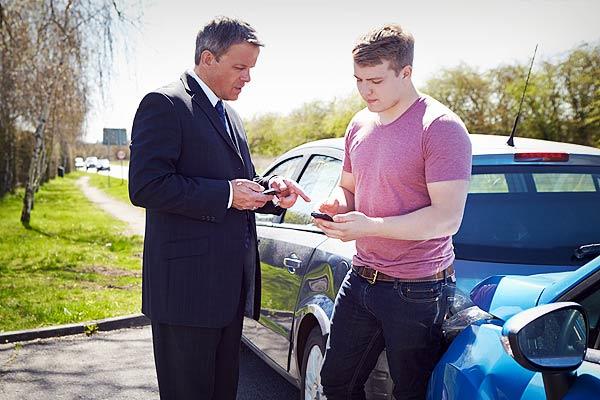
Auto accidents are, without a doubt, one of the most stressful things that can happen to anyone. We can prepare ourselves as much as we like for the possibility by making sure we have proper insurance coverage, and fitting our cars with the best possible safety features. However, the truth is- until it actually happens to us, we have no idea how we are going to react.
Here at Starkwood Chiropractic, we treat many people who suffer from injuries relating to auto-accidents. Everyone deals with the trauma differently, but here is a basic guideline to help you deal with what you may be going through at this time. Remember to remain calm, and try to follow these steps to the best of your ability.
Have an emergency kit handy
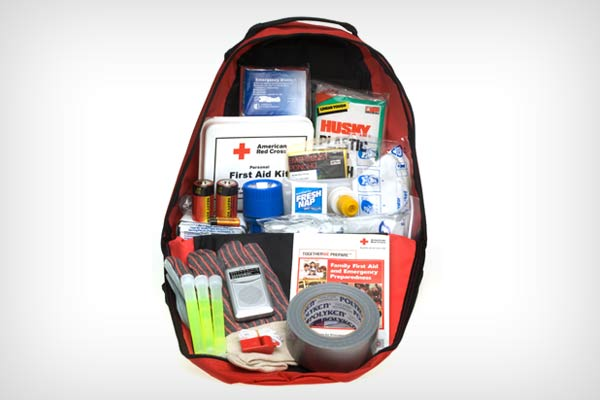
You can keep this in your glove compartment or in your trunk, along with warning triangles, emergency flares and traffic cones. This kit should contain pen and paper for taking down any information related to damage or insurance, a list of emergency numbers for law enforcement agencies, first aid supplies, a card that states any medical allergies should there by serious injuries and a flashlight with extra batteries. Don’t forget to use your smartphone to take pictures of any of the damage your vehicle has suffered.
Keep safe
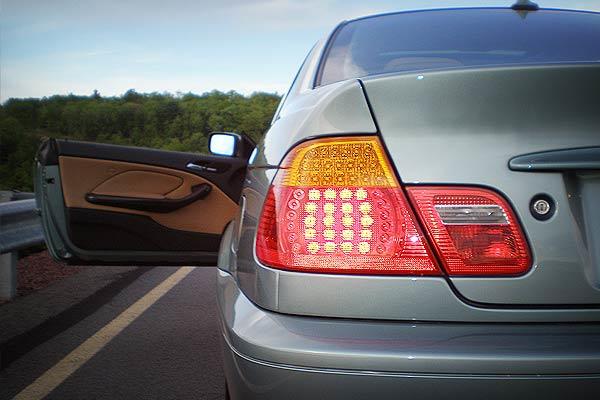
If the accident was minor and there are no serious injuries, drivers should move their vehicle to the side of the road and out of the way of oncoming cars. Failing to do so might result in more accidents and more injuries. If you cannot move your car, you and any other passengers should stay inside the vehicle with your seatbelts fastened until help arrives. While waiting, turn on your hazard lights and set up some warning triangles or traffic cones if possible.
Exchange information

After the accident, exchange as much of the following information with the other drivers as you can: name, address, phone number, insurance company, policy number, driver license number and license plate number for the driver and the owner of each vehicle. If the driver’s name is different from the name of the insured, try and clearly establish what their relationship is and take down the name and address for each individual. Also remember to take down a written description of each car, including year, make, model and color. Finally, document the exact location of the collision and how it happened to the best of your ability. Most importantly of all, do your best to keep your cool and don’t try and assume responsibility for the entire incident, even if you think it was all your fault.
Gather Evidence
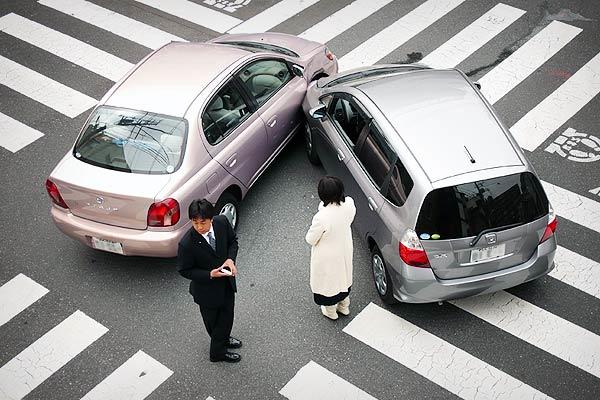
This is where your smartphone will come in useful. Use the camera to record the damage to all the cars involved. You want the pictures you take to provide and show the context of the collision to help you make your case to your claims adjuster. If your accident had witnesses, try and get their information as their statements will help you if the other drivers dispute your version of the events.
File an accident report
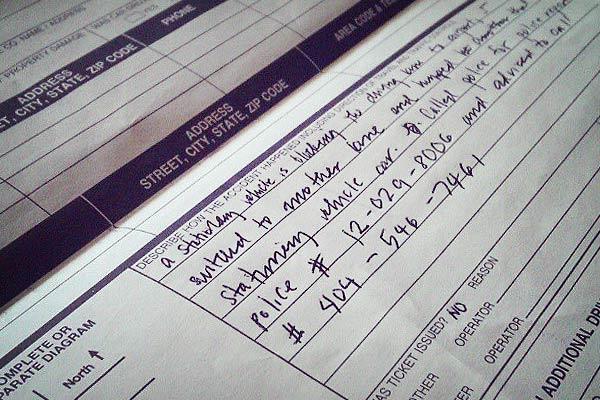
Even if there were no injuries in your collision, it’s always a good idea to file a state vehicle accident report. It’s available at most police stations and even on the DMV website as a downloadable file. A police report often speeds up the claims process too.
Clarify your coverage
The whole insurance process will be easier following your accident if you know the exact details of your insurance coverage. Don’t just wait until after an accident to find out that your policy covers. You could really be in a bind if you find out costs for towing or a replacement rental car are going to come out of your own pocket. Generally,you have the option to pay a little extra money every month to make sure you get a rental car or are reimbursed for towing. Talk to your insurance company for specific details.
See someone if you need to
Accidents are incredibly traumatic things. You may suffer both physical and emotional damage and need to take care of yourself accordingly. If you find yourself experiencing aches and pains after the event, have trouble sleeping or experience overwhelming feelings of anxiety or panic, go and see a doctor. There is absolutely no shame in feeling a little fragile after you’ve been through a collision. A simple combination of pain management, chiropractic care and counselling will have you feeling much better in no time.
Stay safe, readers!
Request Appointment
Get Directions!
Hours
| Monday | 9:00 am – 6:00 pm |
|---|---|
| Tuesday | 9:00 am – 6:00 pm |
| Wednesday | 9:00 am – 6:00 pm |
| Thursday | 9:00 am – 6:00 pm |
| Friday | 9:00 am – 6:00 pm |
| Saturday | Closed |
| Sunday | Closed |
Areas We Serve
Portland Chiropractic Office: Located in the East Portland/Gresham area means our offices are easily accessible from I-205 and I-84 for your convenience. Our Portland chiropractic offices are conveniently located in Portland near Gresham. Our service area includes Portland, Gresham, Troutdale, Parkrose, Mount Tabor, Mill Park, Wood Village, Fairview, Clackamas, Rockwood and the rest of the Portland Metro Area including Vancouver, Washington. If you're in the area, just search "Chiropractors Near Me" and you'll find us.